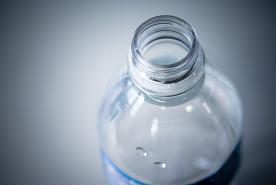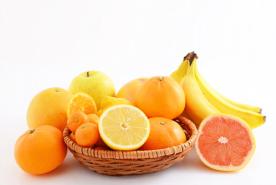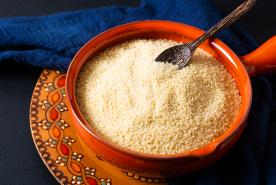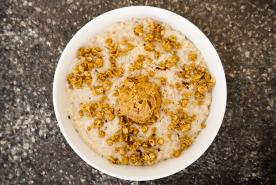October 31, 2024
Everyone has different nutritional needs. Do not change or adjust your diet before speaking with a kidney dietitian or a healthcare provider first.
Phosphorus is an essential mineral for your body. If you have kidney disease, it's important to monitor how much you're getting since your kidneys might not effectively remove excess phosphorus. Knowledge is power–knowing the phosphorus content in different foods can help you make better dietary choices. Keep reading for a list of foods and their phosphorus levels to help you manage your intake.
Key Takeaways
Key Takeaways
High phosphorus levels can harm the bones and heart.
The body absorbs more phosphorus from animal-based foods.
Check food labels for phosphorus additives to limit intake.
Understanding Phosphorus
Phosphorus is a mineral in your bones that helps keep them strong, and it also supports other parts of your body.
There are two forms:
- Organic: Naturally occurring phosphate in animal and plant-based foods
- Inorganic: Phosphates added to foods during processing
Typically, your kidneys remove extra phosphorus from your blood. With kidney disease, your kidneys can't do this as well.
High levels of phosphorus can weaken your bones by pulling calcium out of them and can lead to harmful calcium deposits in your blood vessels, lungs, eyes, and heart. Over time, this can increase your risk of heart attack, stroke, or even death. High levels of serum phosphorus are also directly linked to a risk of mortality in people on dialysis.
Treatment options include medications like phosphate binders and following a low-phosphorus diet.
Join the NKF Blog Newsletter
Get inspirational stories and kidney disease resources delivered to your inbox every month. You'll gain practical insights and expert advice to help you better understand and manage your kidney health no matter where you are on your kidney journey. Subscribe today.
Phosphorus Absorption
The body absorbs phosphorus differently depending on its source.
Organic phosphorus has an absorption rate of 40% to 70%. Animal sources of phosphorus have a higher absorption rate than plant-based. Phosphate additives have absorption rates greater than 90%.
Phosphate additives to watch for:
- Dicalcium phosphate
- Disodium phosphate
- Monosodium phosphate
- Phosphoric acid
- Sodium hexameta-phosphate
- Trisodium phosphate
- Sodium tripolyphosphate
- Tetrasodium pyrophosphate
Need help creating your kidney diet? Find a kidney dietitian near you.
Meat Products
| Food | Serving Size | Phosphorus mg |
| Cured ham with natural juice, heated or roasted | 1 slice | 447 |
| Flounder or sole, cooked or dry | 1 filet | 392 |
| Canned pink salmon, drained | 3 oz | 322 |
| Deer, top round lean, 1” steak | 1 steak, (134.9 g raw) | 277 |
| Ribeye, lean meat, trimmed to 0” fat | 4 oz (raw) | 263 |
| Chicken, dark meat | 1 cup | 262 |
| Atlantic Salmon, cooked | 3 oz | 253 |
| 90% lean beef patty, broiled | 3 oz | 172 |
| Hard boiled egg, large | 1 egg | 86 |
Learn more about meat-based proteins in a kidney disease diet.
Plant-Based Products
| Food | Serving Size | Phosphorus mg |
| Sunflower seeds, toasted, no salt | 1 cup | 1552 |
| Pumpkin and squash seeds, roasted | 1 cup | 1385 |
| Enriched white cornmeal, self-rising, with wheat flour added | 1 cup | 1107 |
| Pink beans, raw | 1 cup | 872 |
| Black beans, raw | 1 cup | 683 |
| Roasted almonds, no salt | 1 cup | 650 |
| Brown rice flour | 1 cup | 532 |
| Dry roasted peanut, no salt | 1 cup | 530 |
| Raw green soybeans | 1 cup | 497 |
| Barley flour or meal | 1 cup | 438 |
| Brown long grain rice, cooked | ½ cup | 102 |
| Oatmeal, cooked in water | ½ cup | 90 |
| Whole wheat bread | 1 slice | 60 |
| Boiled lentils | ½ cup | 178 |


















